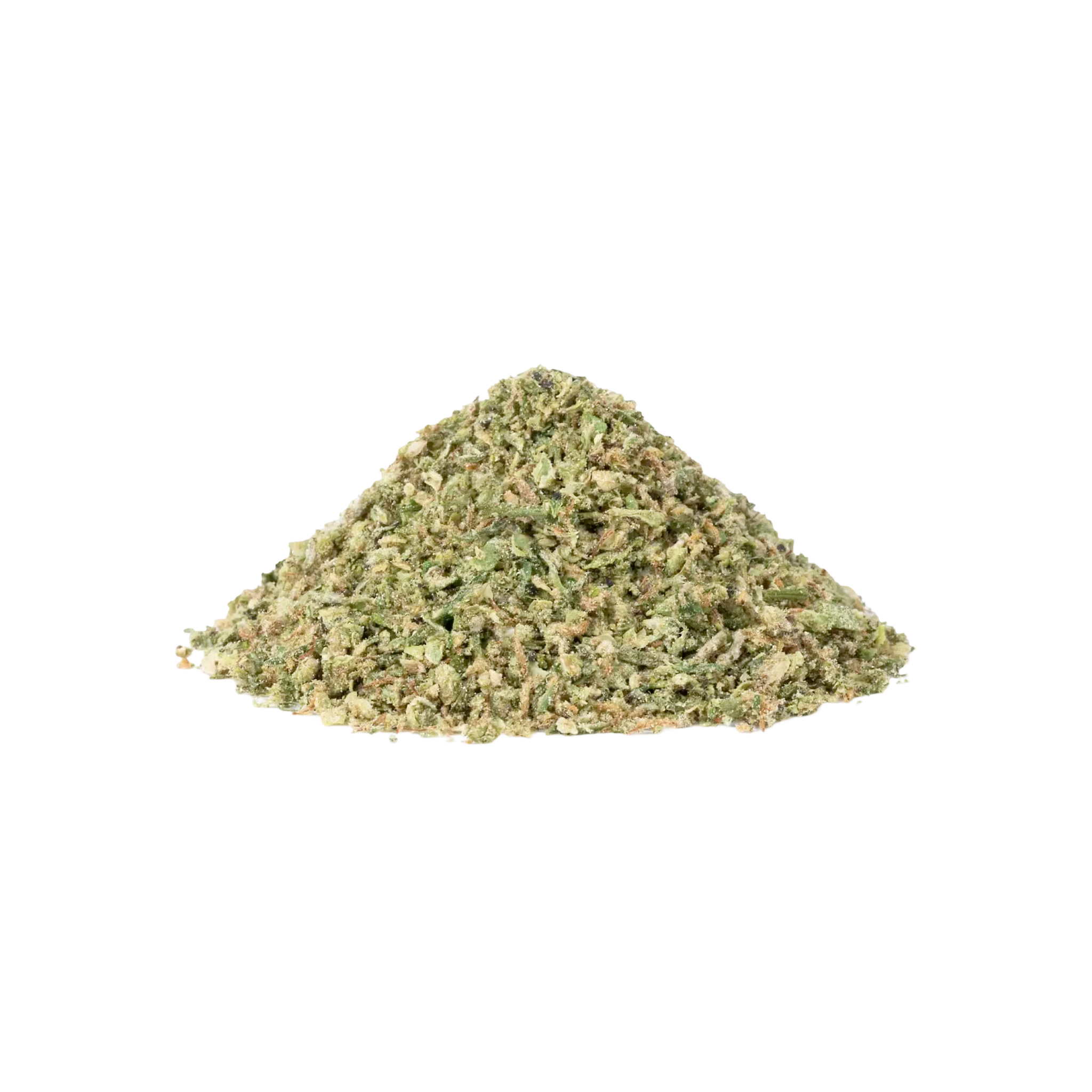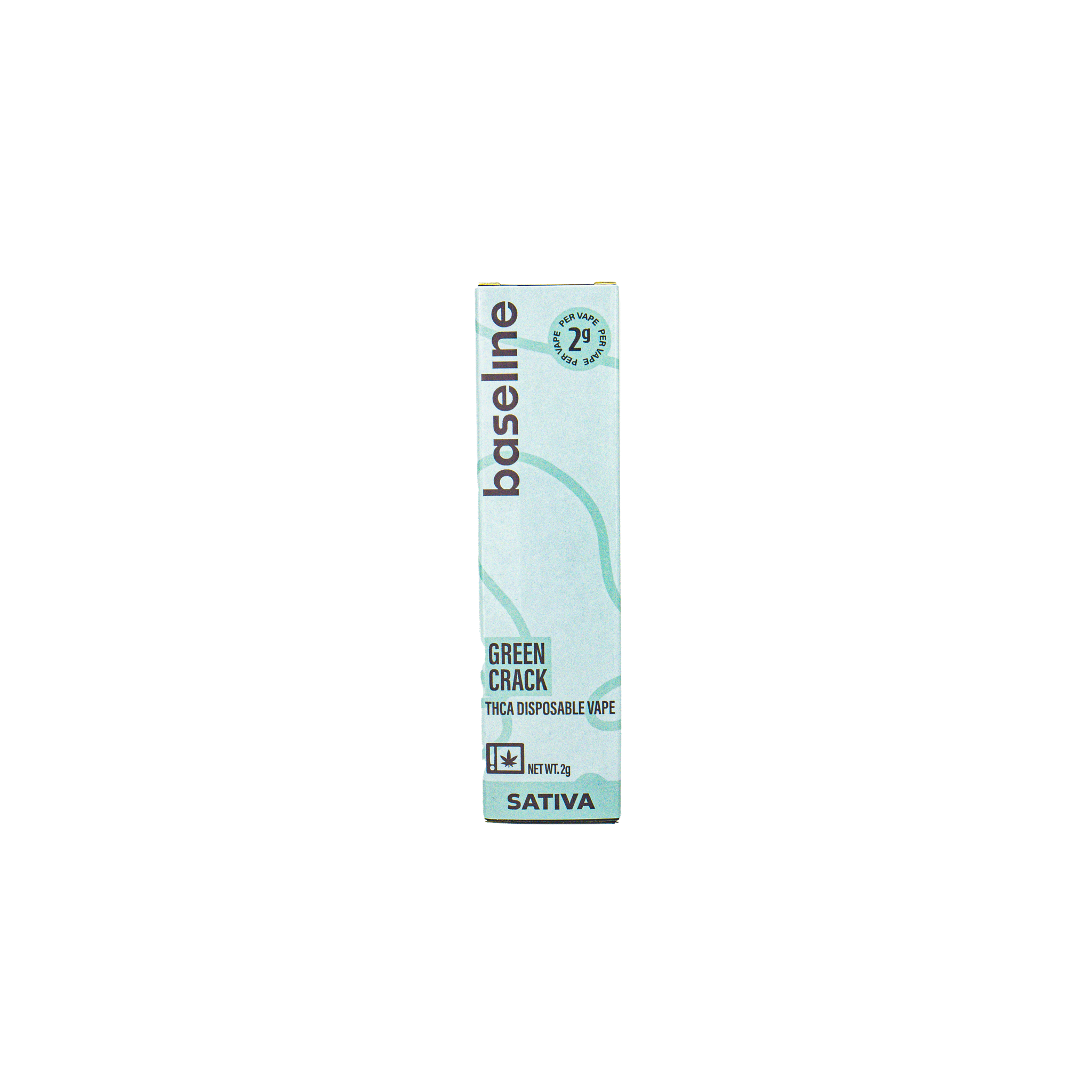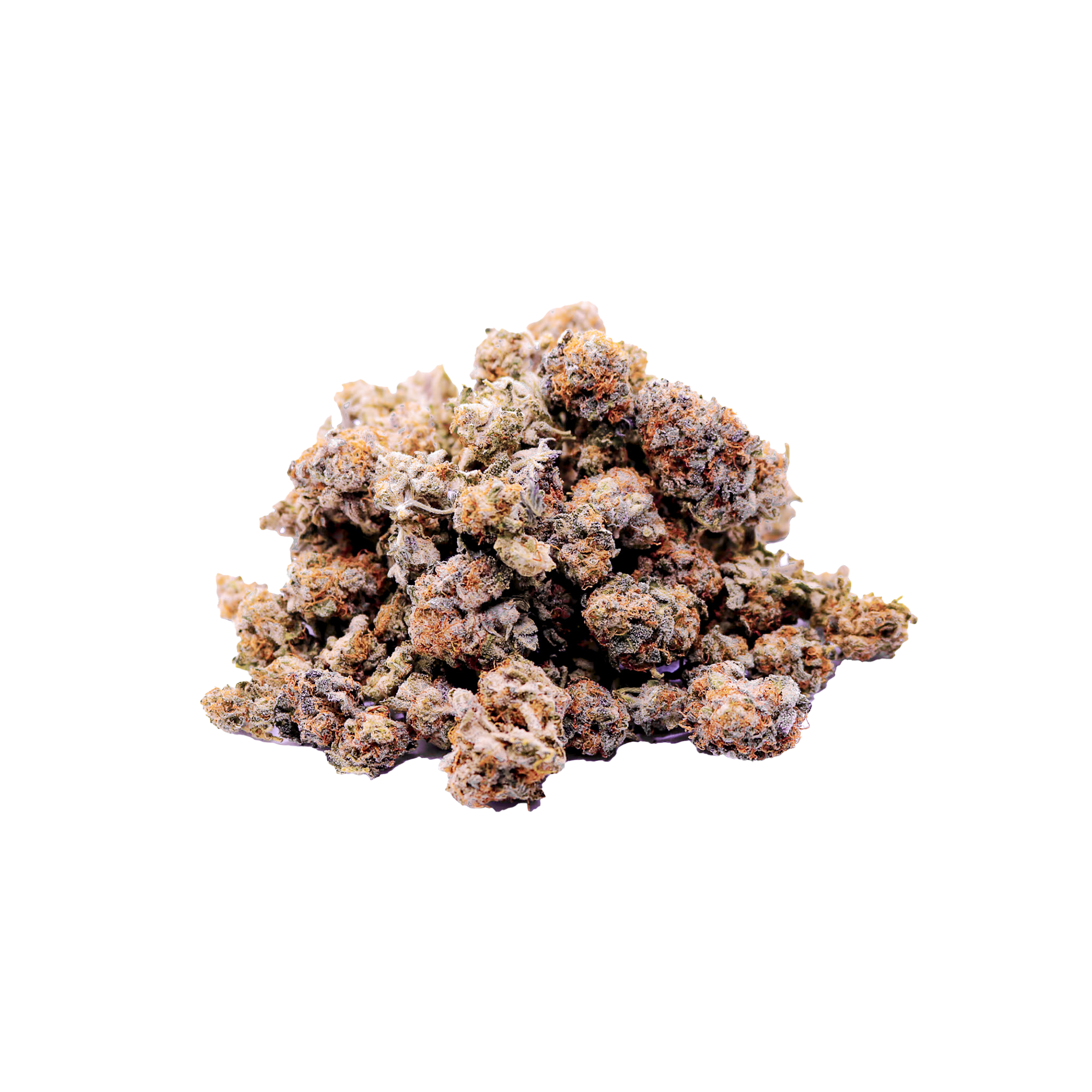Have you ever wondered why some cannabis buds are green, while others are purple, orange, or even red? The colors of cannabis can be a fascinating aspect of the plant, and they're more than just a pretty face.
Genetics and Environment: The Color Palette
The color of a cannabis bud is primarily influenced by two factors: genetics and environmental conditions. Some strains are naturally predisposed to produce certain colors, while others may change color depending on factors like temperature and light. For example, some strains are more likely to produce purple buds, while others may have a tendency toward orange or red hues.
Environment
Factors like temperature and light exposure can also influence color. Cooler temperatures and reduced light can promote the breakdown of chlorophyll, the pigment responsible for the green color in plants. As chlorophyll levels decrease, other pigments like anthocyanins (which produce red, purple, and blue hues) become more visible.
Beyond the Aesthetics
While the color of cannabis is primarily aesthetic, it's still a fascinating aspect of the plant. Here are some interesting facts about the different colors you might encounter:
- Anthocyanins: These pigments are responsible for the vibrant colors of purple, red, and blue in cannabis. The production of anthocyanins can be influenced by factors like soil pH.
- Chlorophyll Breakdown: As chlorophyll levels decrease, other pigments become more visible, resulting in color changes.
- Terpenes and Color: While not directly responsible for color, terpenes can influence the overall appearance of cannabis buds. Some terpenes may have subtle effects on color or aroma.
- Potential Warnings: While there aren't specific "bad" colors to look out for, certain visual indicators might suggest sub-optimal quality. These include mold, mildew, excessive browning, sticky or clumped buds, and unnatural colors.
Some Colorful Stories
Purple Haze: A Legendary Strain1
One popular tale involves the legendary strain "Purple Haze." This strain, popularized by Jimi Hendrix, is often associated with its vibrant purple hue. Some users claim that the purple color is indicative of a particularly potent and psychedelic experience. However, the exact origins and genetic makeup of the original Purple Haze strain are somewhat shrouded in mystery, making it difficult to verify these claims.
Orange Dream: A Citrusy Delight1
Another anecdotal story revolves around the strain "Orange Dream." This strain is known for its bright orange buds and citrusy aroma. Some users report that Orange Dream has a particularly uplifting and energizing effect, often associated with its vibrant color. However, it's important to note that the effects of any cannabis strain can vary depending on individual factors such as tolerance, consumption method, and the specific cannabinoid and terpene profile.
The colors of cannabis can be a fascinating aspect of the plant, but they don't necessarily correlate directly with potency or effects. Whether you're drawn to the vibrant hues of purple or the bright orange of a citrusy strain, the beauty of cannabis lies in its diversity and complexity.
1It's important to note that these anecdotal stories are not scientifically proven. The effects of cannabis are primarily determined by the specific cannabinoids and terpenes present in the strain, not its color..












Dali, Cannabis, and the Melting Clocks of Time
Amsterdam Coffeeshops: A Unique Cultural Experience